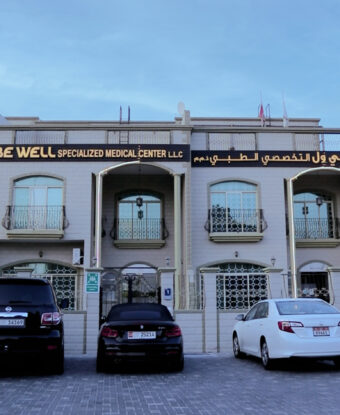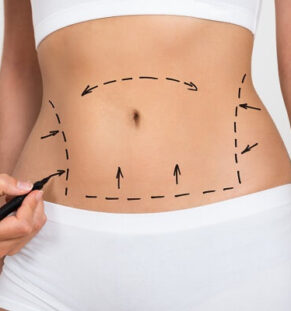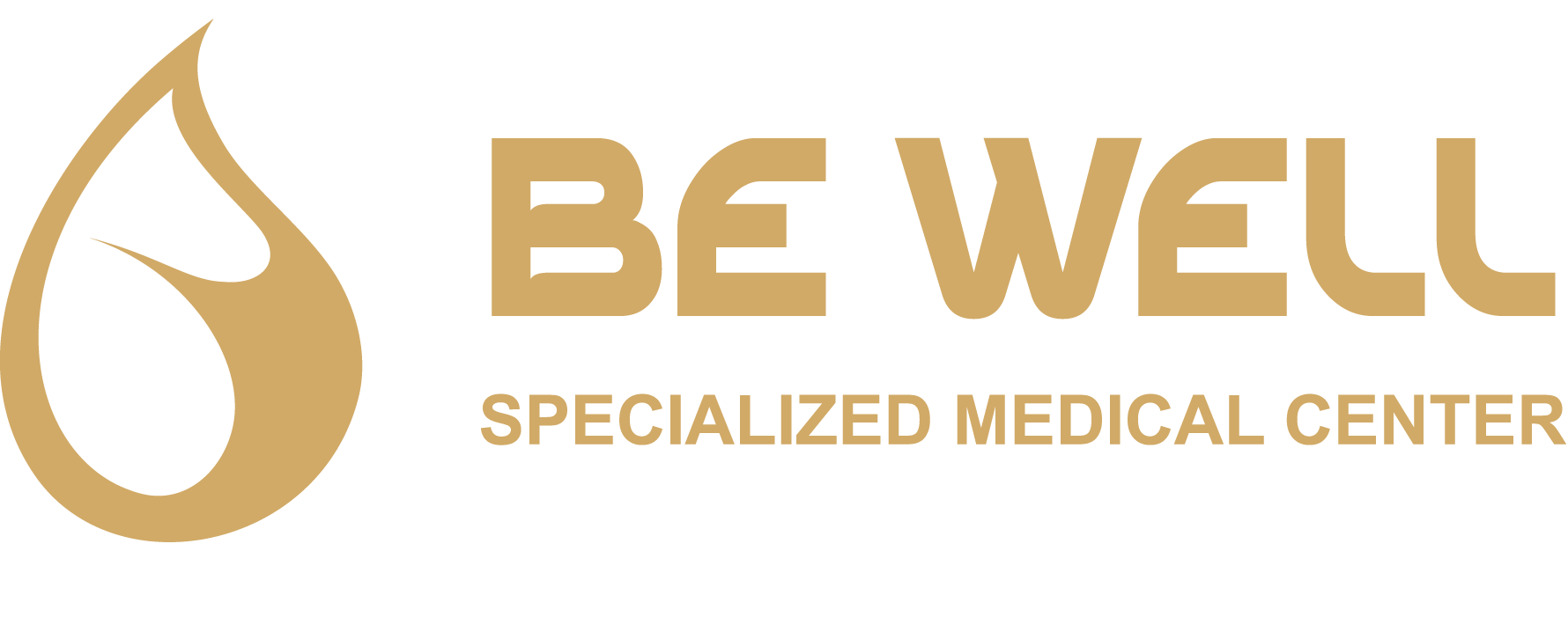

Plastic Surgery
What is
Liposuction?
Liposuction is a surgical procedure that uses a suction technique to remove fat from specific areas of the body, such as the abdomen, hips, thighs, buttocks, arms or neck. Liposuction also shapes (contours) these areas. Other names for liposuction include lipoplasty and body contouring.
Liposuction isn't typically considered an overall weight-loss method or a weight-loss alternative. If you're overweight, you're likely to lose more weight through diet and exercise or through bariatric procedures — such as gastric bypass surgery — than you would with liposuction.
Details of Liposuction
What results can I expect?
After liposuction, swelling typically subsides within a few weeks. By this time, the treated area should look less bulky. Within several months, expect the treated area to have a leaner appearance.
It's natural for skin to lose some firmness with aging, but liposuction results are generally long lasting as long as you maintain your weight. If you gain weight after liposuction, your fat distribution may change. For example, you may accumulate fat around your abdomen regardless of what areas were originally treated.
F&Q
People also ask
Can liposuction harm you?
Liposuction risks can include:
Change in skin sensation that may persist. Damage to deeper structures such asnerves, blood vessels, muscles, lungs and abdominal organs. Deep vein thrombosis, cardiac and pulmonary complications. Fluid accumulation.
What to expect 3 months after lipo?
Three months after Liposuction is generally when patients begin to notice that the treated areas of their body appear tighter and smoother,” explains Dr. Philbin. “Your plastic surgeon will advise you on what level of exercise and strenuous movements are now ok at this time.

